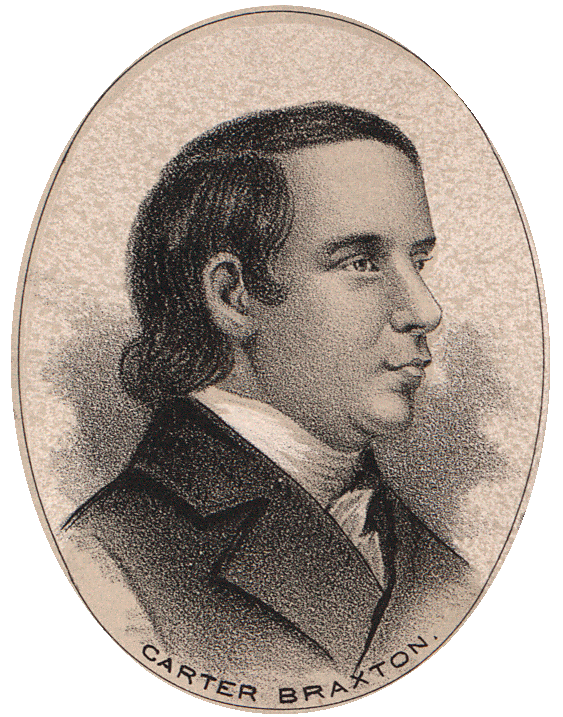“Hang Together” on the Restoration Stage
Yesterday I alluded to a Professor Buzzkill podcast as my spur to look for the statement “We must hang together or separately” in a letter by the Virginia politician Carter Braxton.
That same episode from 2022 stated that the “hang together” wordplay can be traced further back to “John Dryden’s 1717 book, The Spanish Fryar, where it is referred to as a ‘Flemish proverb.’”
Dryden (1631–1700) produced his play The Spanish Fryar, or The Double Discovery in 1681, and it was reprinted often after that. In Act IV, Scene 1, one character says, “I’ll not hang alone, Fryar,” and Friar Dominick eventually replies, “in the Common Cause we are all of a Piece; we hang together.”
Dryden wasn’t the only playwright to play on the phrase “hang together” in 1681, however. Aphra Benn (1640–1689, shown here) wrote this exchange in The Round-Heads; Or, The Good Old Cause (Act III, Scene 1):
As for Professor Buzzkill’s remark about a “Flemish proverb,” I can’t find any mention of that phrase in three early editions of Dryden’s Spanish Fryar. Perhaps that was an annotation by the editor of a later edition based on the 1717 text. Or perhaps separate references to a “hang together” saying got muddled together.
It would be striking if the “hang together” witticism came from another language because double meanings of that sort are often hard to translate. Indeed, the Rev. E. O. Haven’s 1869 textbook on Rhetoric uses Edouard Laboulaye’s unsuccessful attempt to render the saying (credited to Benjamin Franklin) in French as evidence for his warning “Puns usually Untranslatable.”
Be that as it may, the idea that a “Flemish proverb” was the seed of this American quotation has taken hold and now appears several places—all apparently after 2022. I welcome any earlier reference.
TOMMOROW: A post-Revolutionary reference.
That same episode from 2022 stated that the “hang together” wordplay can be traced further back to “John Dryden’s 1717 book, The Spanish Fryar, where it is referred to as a ‘Flemish proverb.’”
Dryden (1631–1700) produced his play The Spanish Fryar, or The Double Discovery in 1681, and it was reprinted often after that. In Act IV, Scene 1, one character says, “I’ll not hang alone, Fryar,” and Friar Dominick eventually replies, “in the Common Cause we are all of a Piece; we hang together.”
Dryden wasn’t the only playwright to play on the phrase “hang together” in 1681, however. Aphra Benn (1640–1689, shown here) wrote this exchange in The Round-Heads; Or, The Good Old Cause (Act III, Scene 1):
Fleet. My Lords and Gentlemen, we are here met together in the Name of the Lard———Unsurprisingly, Dr. Samuel Johnson chose Dryden over Benn to demonstrate the use of “hang together” in his dictionary.
Duc. Yea, and I hope we shall hang together as one Man—a Pox upon your Preaching. [Aside.
As for Professor Buzzkill’s remark about a “Flemish proverb,” I can’t find any mention of that phrase in three early editions of Dryden’s Spanish Fryar. Perhaps that was an annotation by the editor of a later edition based on the 1717 text. Or perhaps separate references to a “hang together” saying got muddled together.
It would be striking if the “hang together” witticism came from another language because double meanings of that sort are often hard to translate. Indeed, the Rev. E. O. Haven’s 1869 textbook on Rhetoric uses Edouard Laboulaye’s unsuccessful attempt to render the saying (credited to Benjamin Franklin) in French as evidence for his warning “Puns usually Untranslatable.”
Be that as it may, the idea that a “Flemish proverb” was the seed of this American quotation has taken hold and now appears several places—all apparently after 2022. I welcome any earlier reference.
TOMMOROW: A post-Revolutionary reference.



